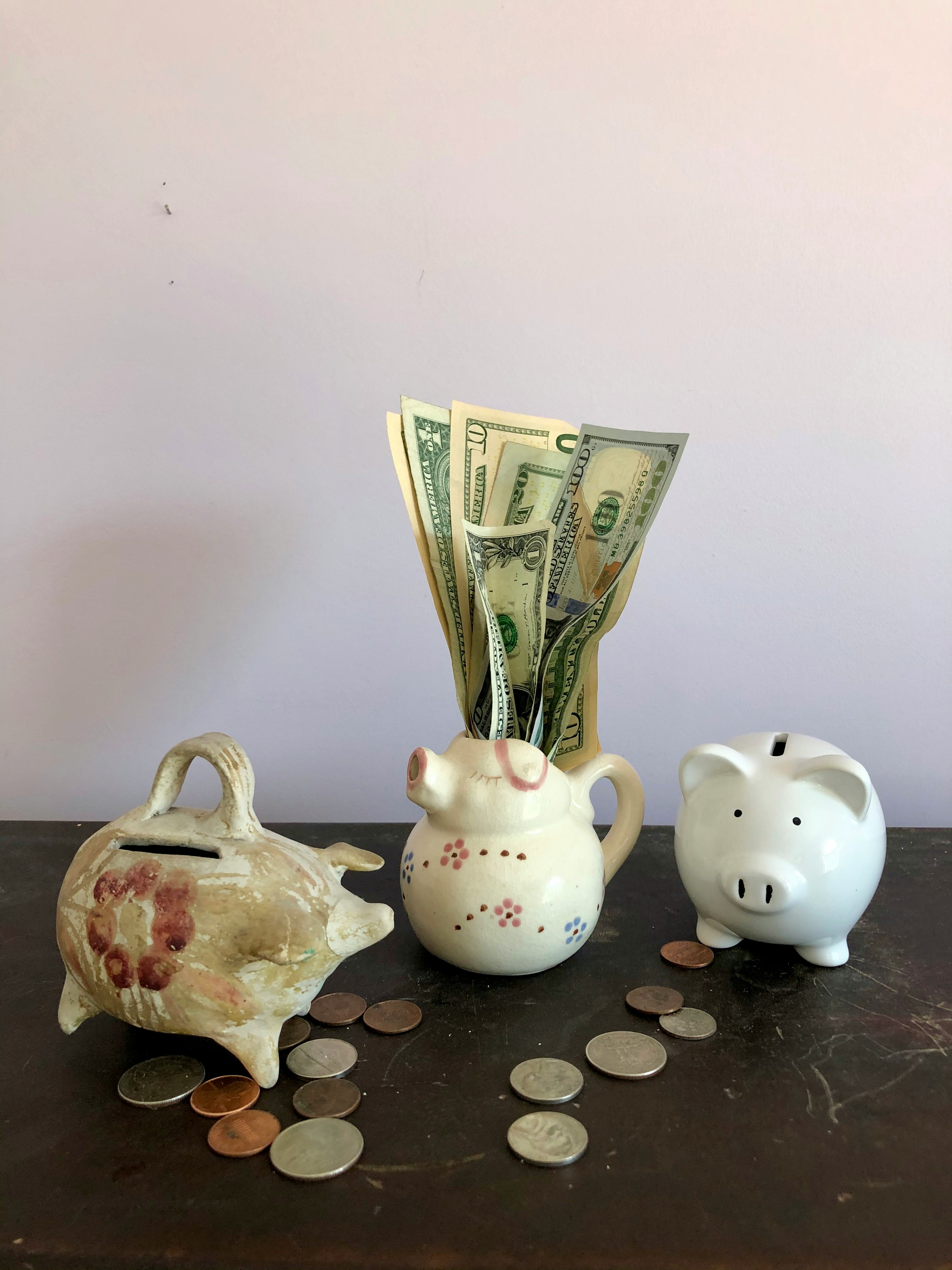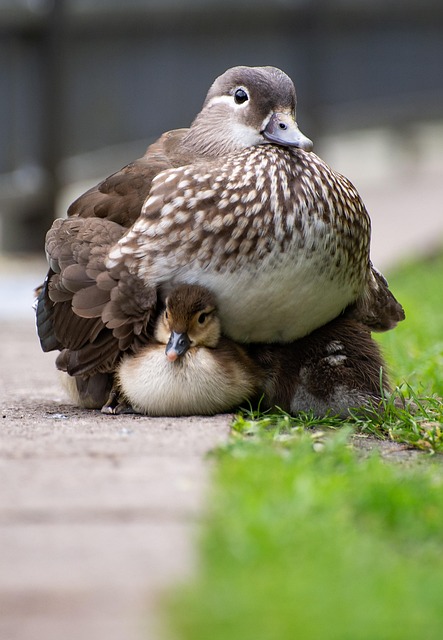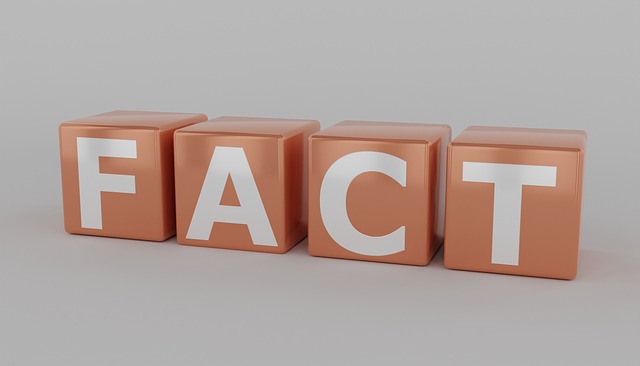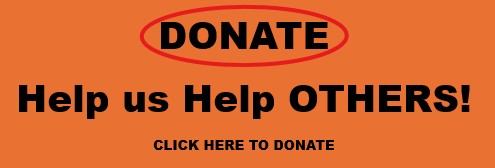Budgeting Essentials
5 Easy Steps to Start and Grow Your Emergency Fund

This week's Question:
Is there any point
to an emergency fund?
Yes.
Your emergency fund acts like a safety net.
It is there to catch you when you
fall financially. How might you fall?
The ways are many,
but this is a short list below.
What things require an emergency fund?

Medical emergency
Car repair
Loss of job
Surprise legal fee
Death in the family requires travel
Broken appliance
Digital destruction
Shocking cellphone replacement
Step 1: What happens
without
an emergency fund?

Emergencies wait for no one.
Emergencies expect to be paid for promptly, right?
So, what do you do?
Grab money from any sources you can.
Fast.
Sometimes, without considering the consequences.
Borrow from family or friends. Loans.
Credit cards.
Buy now, pay later.
4-easy-payments.
Finance through the retail outlet.
Unfortunately, there are costs associated
with most, if not all these options.
The only way to save yourself from these
unwanted costs
is to begin your emergency fund today.
Step 2: How do I start
my emergency fund?

This depends on your situation.
However, this is where I would suggest
that you be as aggressive as you can
to begin saving for your emergency fund. Why?
Because emergencies
are surprises and you need
to be prepared.
So, let’s dive in, shall we?
Round up to the nearest $1, $5, $10, or $20.
You can do this in several ways.
This may happen in the budgeting stage.
For example, let’s say you are
going clothes shopping.
Cap your spending limit at $100.
Then, purposely shop the sales racks.
Or, go online before you shop, so you know
the approximate cost(s) of the items you are buying.
Then, limit yourself and your purchases
to somewhere between $80 and $90.
Then put the remaining balance in your emergency fund.
Another possibility may be to reduce the amount of cash
you allow yourself for pocket money.
For example, you may be accustomed to having
$50 cash on hand.
Before you go anywhere, remove $10 from that amount
and deposit it into your emergency fund.
Be creative.
Your future depends on it.
Step 3: How do I grow
my emergency fund?

How to Add to Your Emergency Fund:
Birthday cash.
Set up an automatic transfer from
checking to the savings account that holds
your emergency fund.
Be sure to treat this as a recurring “expense”
each month as you budget your money.
Quit a subscription (or two).
Make it a family decision.
Toss in your next tax refund, work bonus,
or other unexpected cash.
Shop around for a
better rate on your auto insurance,
house insurance,
internet service,
or phone service.
Take the amount you save
each month
and add that to your emergency fund.
Get a side hustle
and use that income
after taxes
as a regular contribution
to your emergency fund.
Step 4: How big
should my emergency fund be?

You might base this on your paycheck.
Can you go one week without a paycheck?
If your answer is no, then you could start there.
Save enough money so that you get by without one paycheck.
Then move onto two paychecks.
And three.
Then aim to get a month’s worth
of paychecks ahead.
As you are able,
increase this to 6 months’ worth of paychecks.
This is like saying
that you can go without a paycheck
for 6 months and still get by.
Ideally, you would want to be able to
go anywhere from
6 months to one year
without a paycheck
and know that
you can pay all your bills timely.
Feel free to use any amount you wish,
just ensure that you
use this money for
emergencies only.
Nothing else.
Step 5: How do I
protect
my emergency fund?

Know what is not
an
emergency
AND
Do not allow get disappointed over the dollar
amount in your emergency fund.
Remember, that even $500
or $1,000
can help when you need it.
Ensure that all family members know
what does and does not constitute an emergency.
This does not mean you cannot have fun.
It simply means that
to do these things,
you need to first
bring in the money
to cover the cost
of the things you want to do.
Therefore, the listed items below
are definite
non-emergencies:
Vacations
Parties
Concert or Event tickets
Spa Day
Getting nails done
Shopping trips
Date nights
Babysitter fees
Going out to eat
Think of this way.
These are all things that you can include
in your monthly
household budget
IF you can afford them.
If not, then find a way to bring in the money
to make these kinds of things happen.
Remember the Goal:
Setting up an
Emergency Fund
What do you want money help with?
Contact us at the website: Describe in one sentence what you need money help with.
Want more money help INSPIRATION?
Join our free blog to get the best home and small business tips,
money solving hacks, and DIY ideas delivered right to your inbox.
Truth in Our Advertising:

Currently, the only revenue Dan the Budget Man and Budgeting Essentials
receives comes from the products we sell.
If you'd like to purchase a product, we appreciate it so much!
- The first one is free. (Free Debt relief workshop)
- The second one is a paid product so you can do your bookkeeping quickly and efficiently without a subscription. (SST)
- The third one is a paid product that takes you into a deep-dive of how to take control of your money and pay off your bills. (Debt Relief & Budgeting Program)
Economic times got you down?
Free Help Here:
Try our free and simple
Debt Relief Workshop (<- Click and go)
Tired of paying every month
to get your books done quickly?
I didn’t want to keep paying every month
to do my books,
so I created this system to
STOP the recurring payments.
It’s called SST –
short for “Spend Smart Tool” (<- Click to learn more)
Best News = Not a Subscription model.
One price.
One time.
Lifetime access.
Are you serious about taking
control of your dollars
and getting your bills
paid off?
Debt Relief & Budgeting Program
Click the link above to learn more.
Why pay for a debt consolidation service
when you can do it yourself?
Plus, get 2 additional Bonus programs.
See you next time!

Copyright
© © Budgeting Essentials © Dan the Budget Man © BudgetET

